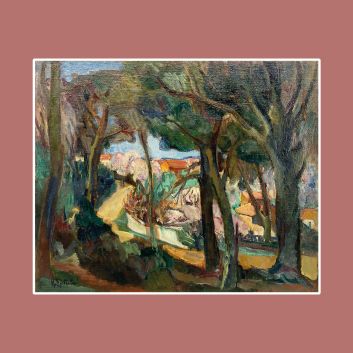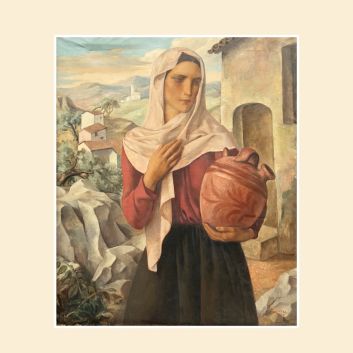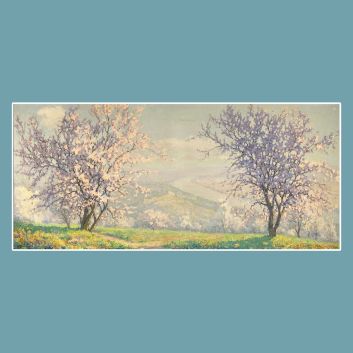Rating and value of works, paintings, drawings by Paul Cézanne

If you own a work by or about the artist Paul Cézanne and would like to know its value, our state-approved experts and auctioneers can offer you their expertise.
Our specialists will carry out a free appraisal of your work, and provide you with a precise estimate of its current market value.
Then, if you want to sell your work, we'll point you in the right direction to get the best possible price for it.
Artist's rating and value Paul Cézanne
Considered one of the most versatile contemporary artists of the 20th century, Paul Cézanne left behind a unique artistic identity. This legacy consists mainly of oils on canvas.
Now, with prices for his works rising under auctioneers' gavels, his stock is on the rise.
His canvases and other works are particularly prized, especially by French buyers, and the price at which they sell on the art market ranges from €10 to €119,669,400, a considerable delta but one that speaks volumes about the value that can be attributed to Paul Cézanne's works.
In 2022, a polychrome composition entitled La montagne Sainte Victoiredating from 1890, sold for €119,669,400.
Order of value from a simple work to the most prestigious
Technique used | Results |
|---|---|
From €10 to €58,910 | |
Drawing - watercolor | From €60 to €20,971,260 |
Paint | 800 to €119,669,400 |
Response in less than 24h
Style and technique of the artist Paul Cézanne
Paul Cézanne was a member of the Impressionist movement, which gave impetus not only to Post-Impressionism but also to Cubism. The first phase of Cubism bears his name.
A pioneering and visionary artist, he leaves an absolutely considerable legacy in all twentieth-century art, as he alone represents the Impressionist breakthrough of 1910, which would allow new currents to blossom, including Cubism around the same time.
His role in the emergence of Cubism is colossal, since he was the first to understand the modern challenges of the division of space and the plastic economy of the painting.
Paul Cézanne, his life, his work
Paul Cézanne (1839 - 1908) was a French painter from Aix-en-Provence. Originally from Aix-en-Provence, more precisely Cesana, the genealogy established by art dealer Ambroise Vollard shows that he was of Aix origin for at least four generations.
The product of an illegitimate union, Cézanne grew up in a very modest environment and studied at the Collège Bourbon in Aix-en-Provence, where he met Émile Zola. At the same time, he took classes at the Aix-en-Provence art school.
Cézanne then chose to study law, again in the same city. He had already won prizes for his paintings, and decided to stop his studies and move to Paris to continue painting. He failed the Beaux-Arts entrance exam.
After a return to Provence, he managed to work as a copyist at the Louvre and then at the Charles Suisse Academy, which really launched his career, as he met Camille Pissarro, Auguste Renoir, Alfred Sisley and many others.
He met and married a model named Hortense, with whom he had a son. During his childhood, he had to go into hiding on several occasions, as he had refused military service. They lived partly in Auvers-sur-Oise, and he painted many portraits of his wife.
The first Impressionist exhibition took place in 1874, and Cézanne was already a member of the group. He then moved to Pontoise, where he worked with Camille Pissarro. During this period, he worked on the motif and aerial perspective.
He juxtaposed colors and developed the chiaroscuro technique. He then had a studio built near Aix-en-Provence, and was admitted to the Salon at the same time. He produced a cycle of paintings on La Montagne Sainte Victoire, which became one of his most famous and prized.
In 1889, he took part in the Exposition Universelle and his paintings became increasingly popular. In order to produce more, he painted in the favorite spots of his Impressionist colleagues, namely Barbizon and Giverny.
His experiments in painting inspired Paul Signac to write an essay entitled From Delacroix to Neo-Impressionismin which he sheds light on the new techniques of divisionism and pointillism.
From 1903, he took the painter Charles Camoin under his wing, and the two artists began a long correspondence.
At the end of his career, an entire room was devoted to him at the Salon d'Automne. Suffering from severe migraines, he was forced to slow down his rate of production at the end of his life and career.
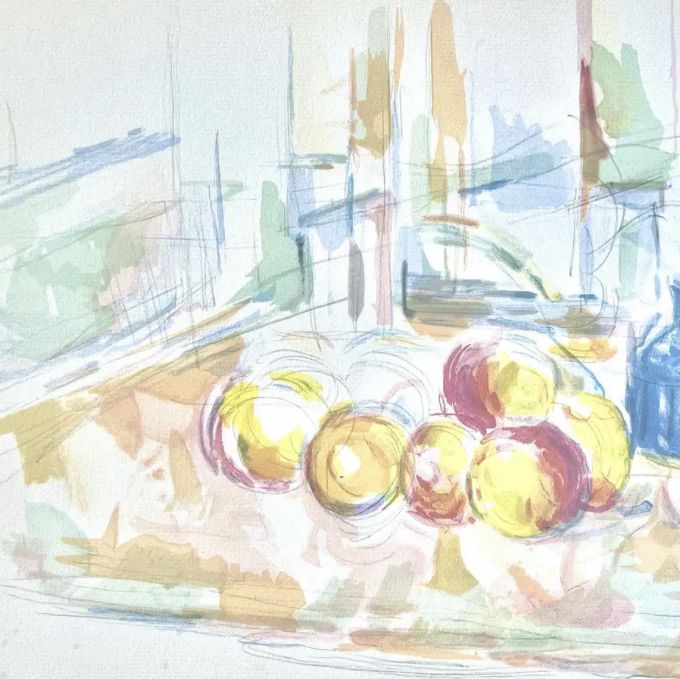
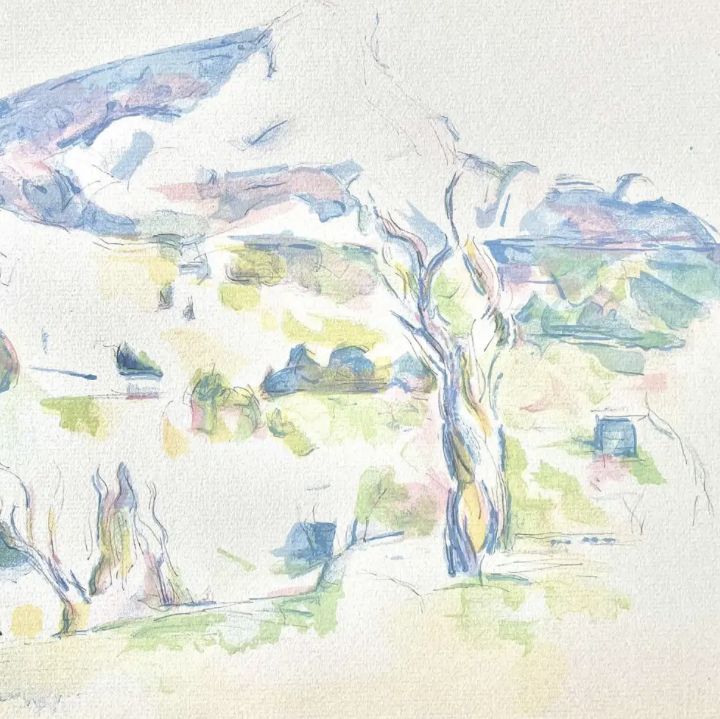
Understanding Cézanne's role in Cubism
In the second half of the 19th century, a new artistic movement emerged in France, rapidly capturing the public's attention: Impressionism.
This movement, of which Claude Monet became the emblematic figure, attracted many artists, but one in particular stood out: Paul Cézanne.
Cézanne, while establishing himself as one of the masters of Impressionism with his numerous canvases, was also a precursor of the artistic movements to come. He laid the foundations not only for Post-Impressionism, but also for Cubism, two movements closely linked by their conceptual evolution.
Post-Impressionism, which took off around 1910, encompasses a diversity of techniques and styles, from Symbolism and Pointillism to Synthetism and the Nabis group. The main purpose of this term was to mark the transition from Impressionism, which critics and theorists were beginning to regard as outdated.
However, long before 1910, Cézanne had already begun to question the artistic conventions of his time.
In Gardanne (1885), he moved away from the faithful representation of reality, introducing geometric shapes and disrupting perspective. These innovations laid the foundations for Cubism.
Cézanne continues this exploration in La montagne Sainte-Victoire vue de la carrière Bibemus (1897), where he deepens his reflections: geometric shapes become more blurred, and perspectives are even more radically challenged.
The first phase of Cubism, known as Cézanne, took place between 1908 and 1910. Initiated by Picasso and Braque, it built on the foundations laid by Cézanne. Their aim was to free the canvas from the constraints of realism by treating volumes in unconventional ways, challenging the perceptual process.
This deconstruction led to Analytic Cubism (1910-1912), a phase of intense experimentation that pushed Braque and Picasso to the brink of abstraction.
However, it was by reintegrating the different strata of reality and reinterpreting the relationship of being to the world that the third phase of Cubism, Synthetic Cubism, came into being.
More aesthetic and accessible, this trend attracted other artists such as Juan Gris, who went on to collaborate with Braque and Picasso.
Jacques Villon, although not the instigator, immerses himself in the study of these different phases. He concentrates on one particular aspect of this artistic revolution: the line, its mechanization, and the softness he wishes to infuse into the facture of his works.
How Cézanne reinvented painting
Paul Cézanne's influence on his period
Paul Cézanne left behind an artistic legacy that quite obviously transformed the landscape of modern art. He lived through his era, starting with Impressionism and becoming a precursor and visionary.
Cézanne was not content to follow the conventions of the moment. He embarked on a deeper exploration, which led him to anticipate the movements to come, notably Post-Impressionism and Cubism, two closely related currents.
Cézanne is often considered a pioneer of Cubism, long before the term was formally used.
In works such as Gardanne (1885), he began to question traditional representations of reality, introducing geometric shapes and disrupting perspective.
This questioning of classical representation is one of the foundations of Cubism.
His thinking continued in La montagne Sainte-Victoire vue de la carrière Bibemus (1897), where his ideas matured: forms became more fluid, planes more unstable. It was these innovations that inspired artists such as Picasso and Braque, who took up Cézanne's experimental elements to create cubism.
Today, Cézanne is widely recognized as one of the fathers of modern art. His influence endures, not only through the works he left behind, but also thanks to the private collectors who play an essential role in preserving his work.
In addition, exhibitions are regularly organized on the artist's work or on those who have been influenced by him. Many of his works are also permanently housed in museums, enabling the public to appreciate his importance in the history of art.

Recognizing the artist's signature
Cézanne often signs his works, usually at the bottom of the painting, in a color that contrasts with the background. Here's an example.
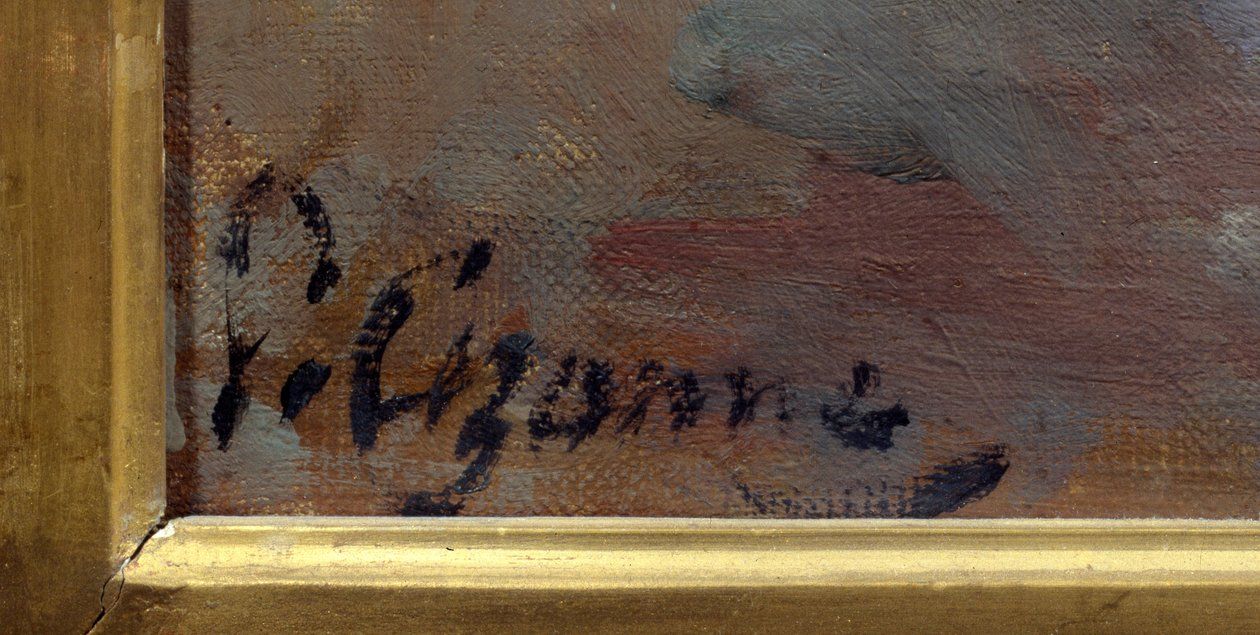
Knowing the value of a work
If you happen to own a work by or after Paul Cézanne, don't hesitate to ask for a free estimate using the form on our website.
A member of our team of experts and certified auctioneers will contact you promptly to provide you with an estimate of the market value of your work, as well as any relevant information about it.
If you're thinking of selling your work of art, our specialists will also be on hand to help you find alternatives for selling it at the best possible price, taking market trends into account.
Response in less than 24h
Related topics
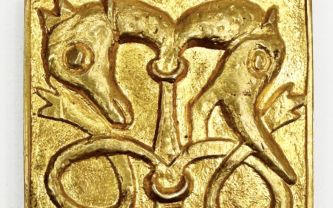
Rating and value of works, mirrors by Line Vautrin
Line Vautrin is a unique artist famous for her mosaic and bronze mirrors. These valuable objects are highly prized at auction.
Read more >
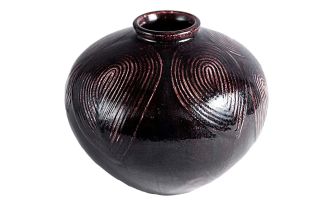
Rating and value of Axel Salt's ceramics, stoneware and sculptures...
Axel Salto is a 20th-century Danish ceramist who produced stoneware pieces that are appreciated and sought-after at auction. His price has risen sharply.
Read more >
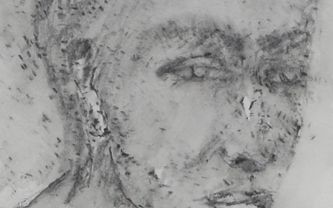
Rating and value of paintings, drawings and sculptures by Akbar Pa...
Akbar Padamsee is a 20th-century Indian contemporary artist who has produced works that are highly rated and sought-after on the auction market.
Read more >
Secure site, anonymity preserved
State-approved auctioneer and expert
Free, certified estimates
